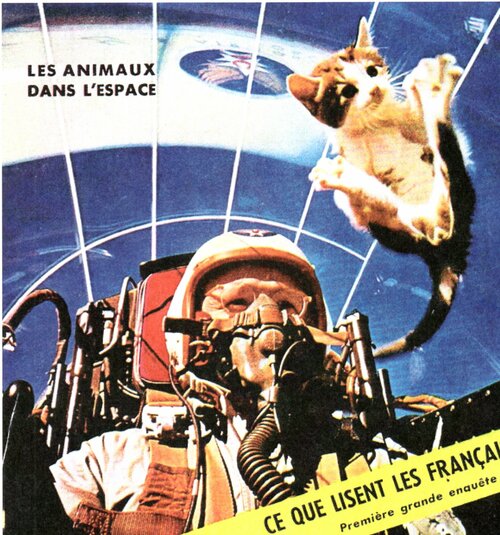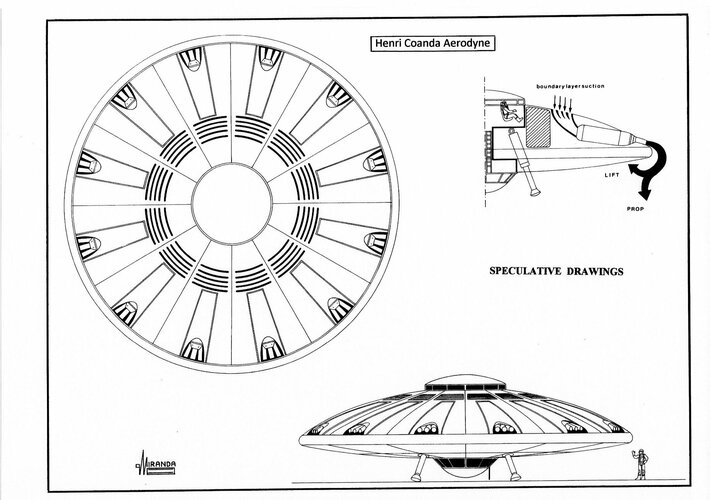There's always the 'fun' that a Coanda-effect saucer gives! Ah... The VTOL! The simplicity! Aaaaand then the wind gets up or you want to fly somewhere and you realise they aren't such a great idea

On September 26, 1957, the U.S. Army approached Avro with a request for an Air Cushion Effect ‘flying jeep’, by March 1958 the
Special Projects Group designed a modest subsonic circular aircraft called
Avrocar.
Thrust of their three turbojets were used for turning the
Turborotor, a 124 blades fan with 5 ft of diameter, to provide vertical lift. Partial thrust was ducted to periphery flaps and exhaust nozzles which provided stability and control.
In May 1958, USAF signed contract AF33 (600) 37496 for the construction of the mock-up and one proof-of-concept demonstrator. A second prototype was commissioned in March 1959.
On October 7, 1959 tethered flight tests of the noisy prototype VZ-9AV (59-4975) indicated that one-third of the thrust was being lost to exhaust inefficiencies. This meant the aircraft would be incapable of hovering out the
Ground Effect.
With enough power even a brick can fly, but the
Avrocar never had the power to do so. Thrust losses required a complete re-design, a costly decision that crippled the entire program.
During the first free flight conducted in May 1959 the
Avrocar never exceeded one meter off the ground, but the lack of control flight was its undoing.
It was discovered that the prototype was inherently unstable in forward flight, with rapid and unpredictable swings in pitch and roll axes, a control problem called ‘hub capping’.
The development contract was completed in December 1961 and the project was discontinued.
VZ-9AV technical data
Diameter: 18 ft (5.49 m), thickness: 3.6 ft (1.1 m), height: 7.7 ft (2.34 m), wing surface: 254 sq. ft, estimated top speed: 300 mph (482 km/h), estimated ceiling: 9,840 ft (3,000 m), empty weight: 2,992 lb. (1,360 kg), max weight: 5,639 lb. (2,563 kg), power plant: three Continental J69-T-9 turbojets with 927 lb. static thrust each, estimated range: 25 miles with ten-minutes hovering capability.












